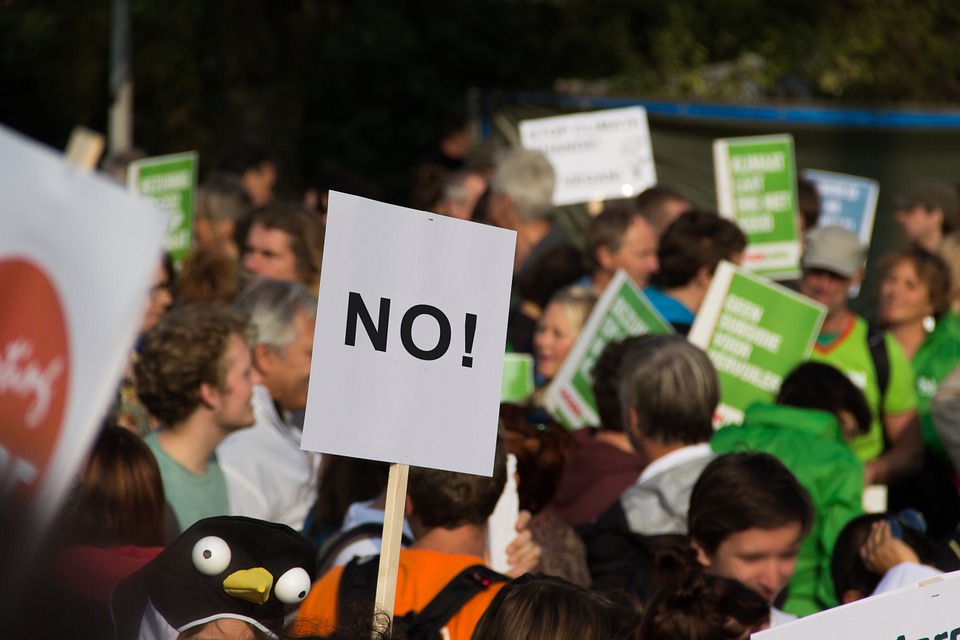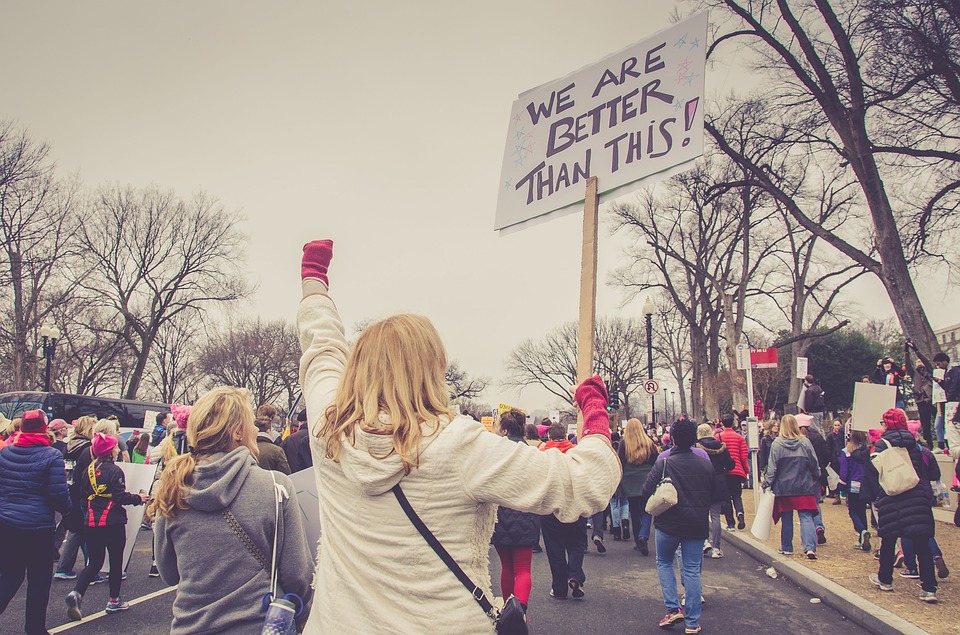Keep this in mind if you are marketing sexy products.
By MediaStreet Staff Writers
What does a company that makes sex products do for their annual Valentine’s sales push? They do a survey, to find out how best to market to their customers. And here are the results.
Valentine’s Day, it seems, is starting to suck for everyone. Singles have made it their own anti-holiday, full of memes and proclamations about the commercialisation of the day. But what about couples? Is it all it’s really cracked up to be?
A company called K-Y undertook a survey to find out how to best market their sex products to customers. And it makes for depressing reading. What was once thought to be a romantic and sexy day has become an experience full of pressure and hype. Pressure to buy the right card, pick the sexiest lingerie and have the most mind-blowing sex of your life – and you only have one day to make it all happen.
According to the Love All 365 survey, half of Millennials feel they are missing out if they don’t have sex on Valentine’s Day, but more than 60% of them report that the sex doesn’t live up to the hype. That’s a lot of lead up for a big letdown.
The survey further illuminates the Valentine’s Day tension by revealing that while 82% of people are more likely to have sex with their partner on Valentine’s Day, 83% report that sex is best when it’s impulsive versus planned. Preparing for sex at Valentine’s Day is certainly a faux pas many couples are guilty of committing in spite of the fact that, as the statistics affirm, our preference is for spontaneity.
The good news is that 97% of couples report that having good sex with their partners makes them feel more connected.
“We don’t want couples saving their ‘sexy’ for special occasions, when great sex can and should happen any day of the year,” said Nadja Korner, Marketing Director of K-Y. “Good sex helps strengthen the relationship, so instead of putting all your romantic energy into nights like Valentine’s Day, surprise your partner with that special sexy something on an unexpected night. After all, the essence of pleasure is spontaneity.”
So if you are creating an advertising campaign using a sexy theme, keep the idea of spontaneous sex in mind. Especially if you are targeting Millennials. ■
Have you listed your company in our Media Directory? Click here to do it now.






























